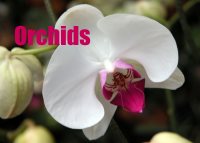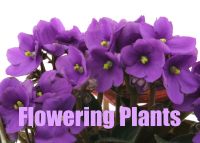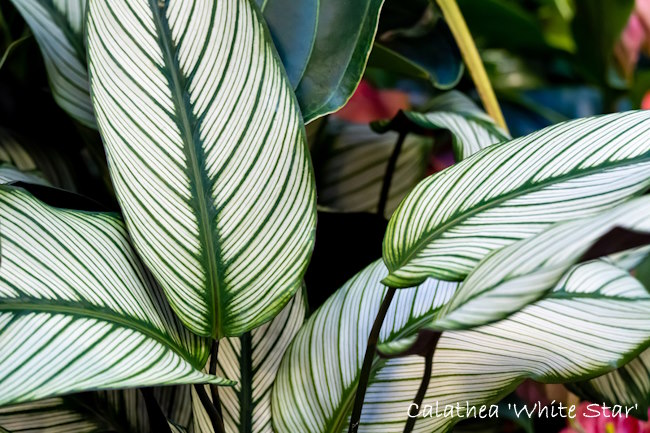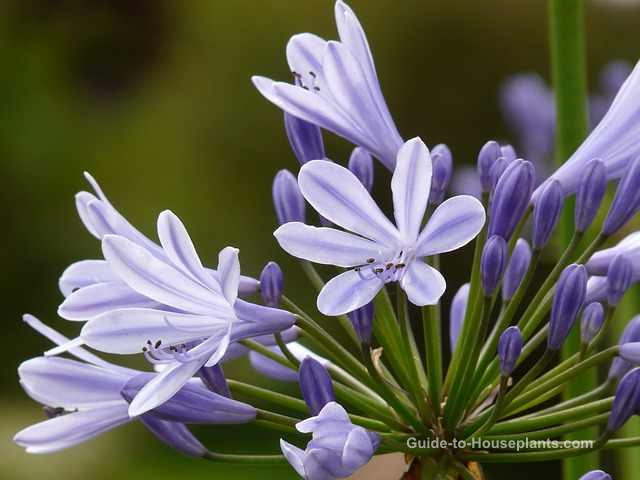Common House Plants
Most common house plants we know and grow are popular for two basic reasons. One, they're attractive, and two, they're easy to grow.
So many plants fit this criteria, that it's difficult to narrow this list to just a few. In fact, most in the House Plants Encyclopedia A-Z are common. (You'll find care tips for those shown here and many more in the Encyclopedia A-Z.)
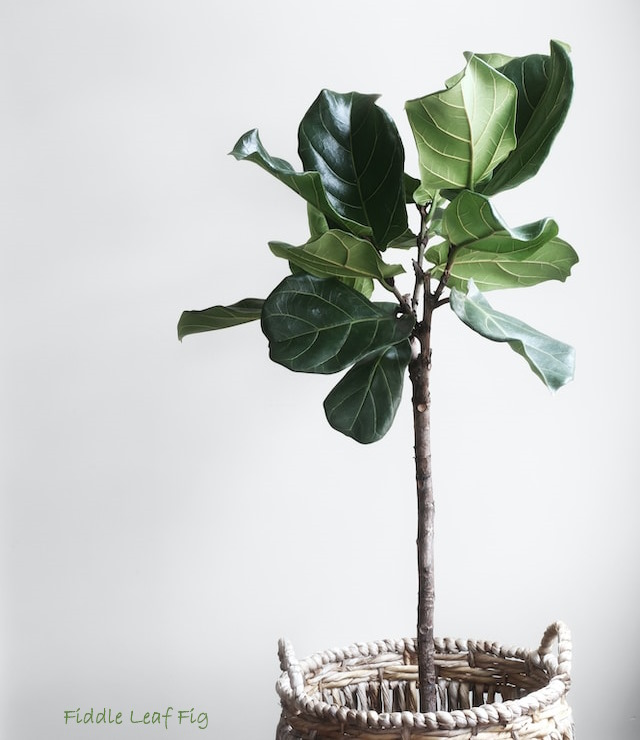 This big houseplant makes a statement in any room. Photo © Lauren Mancke | Unsplash
This big houseplant makes a statement in any room. Photo © Lauren Mancke | UnsplashFortunately, common house plants provide us with a huge range of sizes, shapes, and textures to choose from. But why choose? Tall or trailing...broad leaves or feathery fronds...the contrasts look spectacular when brought together in a room.
Fiddle Leaf Fig
Fiddle Leaf Fig (shown above) makes a big statement in any brightly lit room. Interior decorators are finally appreciating this tall beauty as an architectural feature. We're seeing this fig tree everywhere -- online and off.
Give this dramatic houseplant plenty of bright, indirect sunlight. Its large, dark-green leaves are naturally glossy, but you'll want to gently wipe them with a damp cloth to keep the leaves dust-free.
Boston Fern
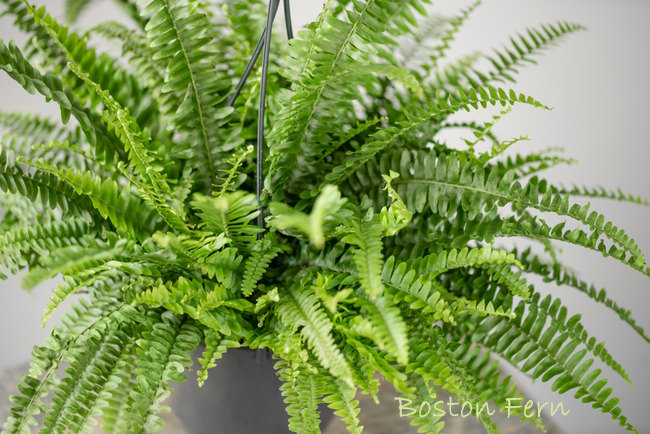
Boston Fern is a classic. This is the most common house plant of the fern species that originated in Central America and became a fast favorite in parlors and porches in North America during the Victorian era.
Its fresh and lacy look earns Boston fern its ongoing popularity.
Today, there are numerous new cultivars that are getting attention, including 'Fluffy Ruffles' with curly fronds and a dwarf variety 'Timii' that makes an elegant table accent.
English Ivy
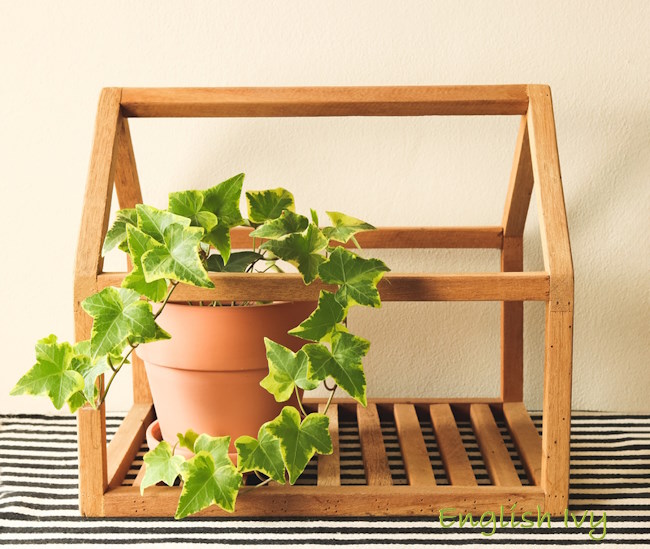 Photo © Phuttharak Chindarot
Photo © Phuttharak ChindarotCascading stems covered with lush lobed leaves make English Ivy an ever-popular houseplant. New cultivars offer foliage variegated with creamy white or yellow, giving them fresh allure.
Whether you display your ivy on a pedestal by itself, surround it with other plants, or add it to a dish garden, its beautiful foliage is a stand-out.
Rubber Plant
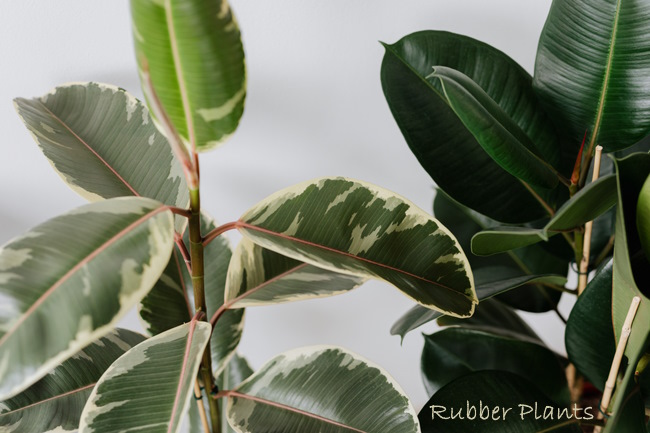
This bold, vertical accent gives any space a lush tropical vibe. There are a number of cultivars that make Rubber Plant even more tempting to grow indoors, including 'Decora', 'Variegata' and 'Tineke'. Splashed with cream, green and gray, the Ficus elastica cultivar above, on the left, is stunning.
Like other members of the ficus family, this big-leafed tree wants bright, indirect light. It's not as fussy as some about watering, but don't allow it to dry out or it will protest by dropping its leaves. Give this handsome houseplant what it wants (care is easy), and you'll enjoy it for many years.
Peace Lily
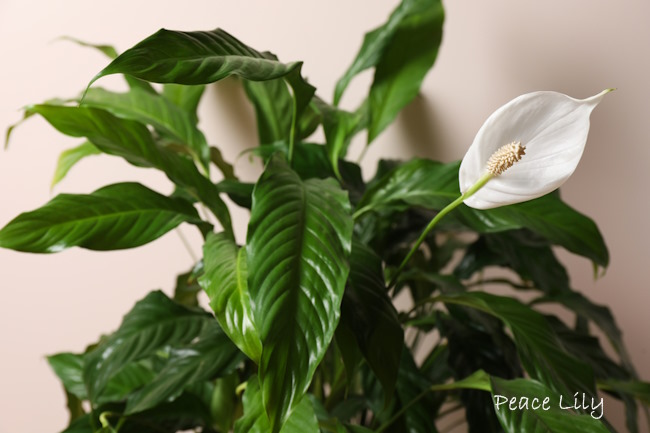 Photo credit © Chernetskaya
Photo credit © ChernetskayaThe glossy, deeply-veined leaves of the Peace Lily make it a beautiful foliage plant year-round.
Known botanically as Spathiphyllum, this tropical beauty tolerates low light levels. But give it bright light, and it will dependably produce long-lasting white spathes, each surrounding a spadix covered densely with its tiny, true flowers.
There are many hybrids to choose from. 'Domino' has beautiful marbled leaves. 'Mauna Loa' is a popular variety, treasured for its big, showy leaves and blooms. 'Little Angel' is petite variety that blooms abundantly.
Sansevieria
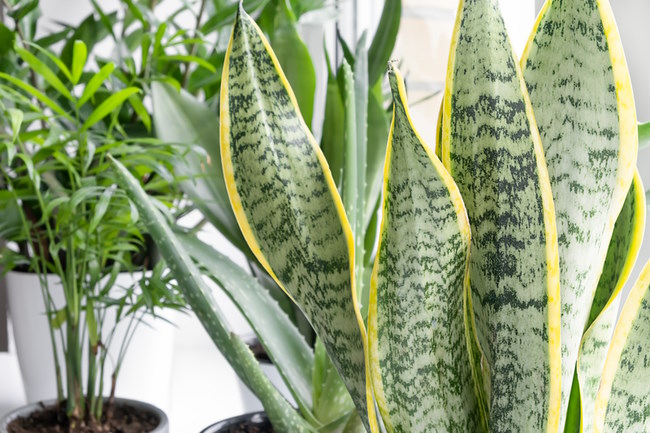 Sansevieria (at right) shares a sunlit spot with other houseplants. Photo © Marina Gorevaya
Sansevieria (at right) shares a sunlit spot with other houseplants. Photo © Marina GorevayaWhether you call it Mother-in-Law's Tongue or Snake Plant, those common names don't give Sansevieria the respect it deserves.
It's tall, sword-shaped leaves make stunning vertical accents among a group of leafy, bushy plants. And because of its ability to tolerate low light levels and low humidity, Sansevieria is an extremely adaptable houseplant.
This hardy succulent originated in Africa and remains a favorite all over the world. You'll find it in homes, shopping malls and offices everywhere.
Schefflera
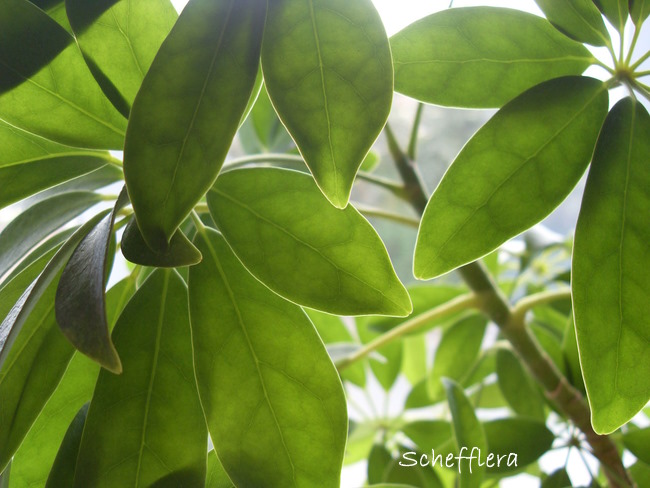
Umbrella-like foliage gives Schefflera the common name umbrella tree. You won't wait long for it to grow into a floor plant, giving any room the look of luxury.
Its easy-care and lush leaves make Schefflera a stand-out for indoor gardens. It's more tolerant of low humidity than most tropical houseplants. Give your plant a quarter-turn in front of the window every week to expose all sides to indirect sunlight.
Jade Plant
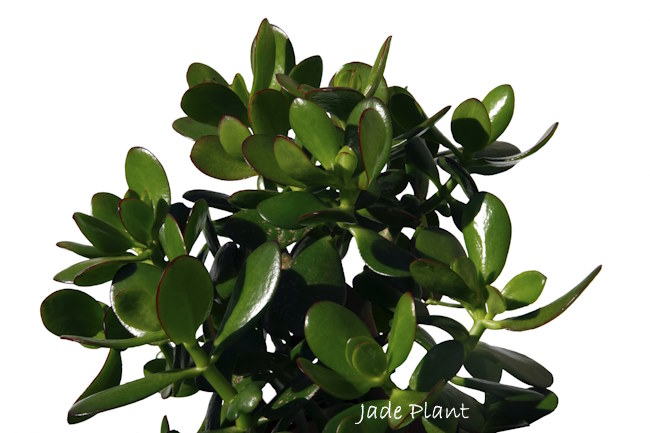 Image ©David Morrison | Dreamstime.com
Image ©David Morrison | Dreamstime.comBright sunlight, high temperatures, and dry potting mix typically spell disaster for houseplants, but for succulents like this jade plant, those conditions are just right.
It's not only low-maintenance, this beautiful tree sports shiny, dark-green foliage on its branched, tree-like form. It's easy to find at garden centers, and simple to propagate, too. Rooting leaf tip cuttings is practically fool-proof.
Spider Plant
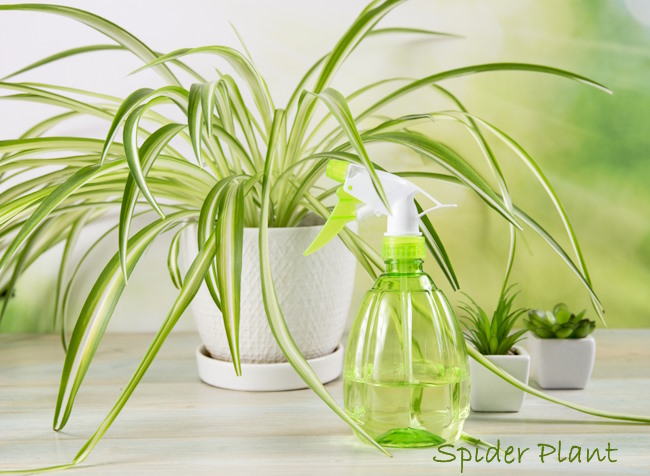 Photo © Helinloik
Photo © HelinloikSpider Plant has slender, arching leaves with creamy white and green stripes. It has a trailing habit, making it ideal for a hanging basket.
Its spidery appearance comes from the small plantlets that grow on the ends of narrow, wiry stems, called runners. These plantlets -- or "babies" -- are easily propagated, making this a house plant that keeps on giving.
Weeping Fig
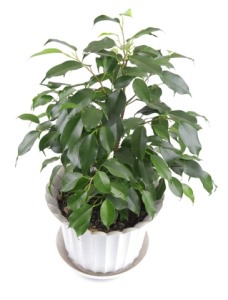
Several common house plants called ficus come from the Moraceae family. The elegant Weeping Fig is the most popular of all the ficus species from this clan.
Although slow-growers, you can expect the tree to reach up to 10 ft (3 m). Dwarf cultivars will grow to only 3 ft (90 cm) tall. Small, waxy leaves densely cover its drooping branches, giving it graceful elegance. Growers sometimes braid its trunks, adding to its charm.
Weeping figs adapt best when placed in bright, indirect light and left there. It is known to drop its leaves when moved around. However, with good care it will grow new leaves in spring and summer.
Chinese Evergreen
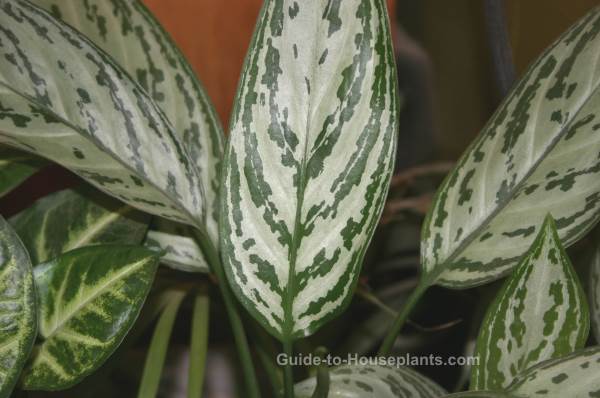
Chinese Evergreen is an enduring houseplant favorite and it's easy to see why. Its long, variegated leaves and fountain shape make this a beautiful addition to your indoor plant collection.
You have a wealth of varieties of these common house plants to choose from, in many colors and patterns. Although they'll live in low light, give them bright, indirect light to maintain their color.
Heartleaf Philodendron
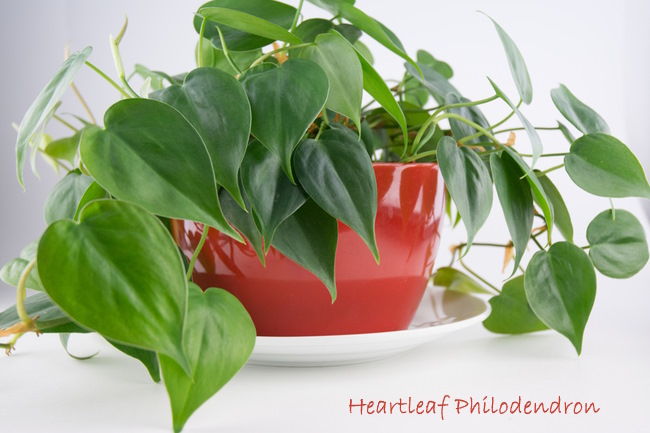 Photo © Rebecca Fisher
Photo © Rebecca FisherWho hasn't grown a Heartleaf Philodendron? This happy-go-lucky vine tolerates low light and infrequent waterings like few others can. Even with little attention, it grows like nobody's business. Cut it back once in a while to keep it under control.
An abundance of glossy foliage, easy care, and fast-growing -- what's not to love?
Or put it on a shelf or in a hanging basket and allow the thickly leaved vines to trail. This little philodendron thrives under fluorescent lights, making it a popular office plant.
